A review of imaging techniques for systems biology
- PMID: 18700030
- PMCID: PMC2533300
- DOI: 10.1186/1752-0509-2-74
A review of imaging techniques for systems biology
Abstract
This paper presents a review of imaging techniques and of their utility in system biology. During the last decade systems biology has matured into a distinct field and imaging has been increasingly used to enable the interplay of experimental and theoretical biology. In this review, we describe and compare the roles of microscopy, ultrasound, CT (Computed Tomography), MRI (Magnetic Resonance Imaging), PET (Positron Emission Tomography), and molecular probes such as quantum dots and nanoshells in systems biology. As a unified application area among these different imaging techniques, examples in cancer targeting are highlighted.
Figures
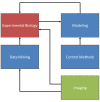




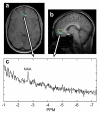
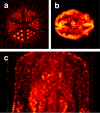
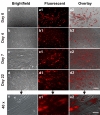

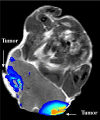

References
-
- Dhar PK, Zhu H, Mishra SK. Computational approach to systems biology: from fraction to integration and beyond. IEEE Trans Nanobioscience. 2004;3:144–152. - PubMed
-
- Gambhir SS. Molecular imaging of cancer with positron emission tomography. Nature Reviews Cancer. 2002;2:683–693. - PubMed
-
- Ideker T, Galitski T, Hood L. A new approach to decoding life: systems biology. Annu Rev Genomics Hum Genet. 2001;2:343–372. - PubMed
-
- Kitano H. Foundations of Systems Biology. Cambridge, MA, The MIT Press; 2001. p. 320.
-
- Kitano H. Systems biology: a brief overview. Science. 2002;295:1662–1664. - PubMed
Publication types
MeSH terms
Substances
LinkOut - more resources
Full Text Sources
Other Literature Sources
Medical
Research Materials

